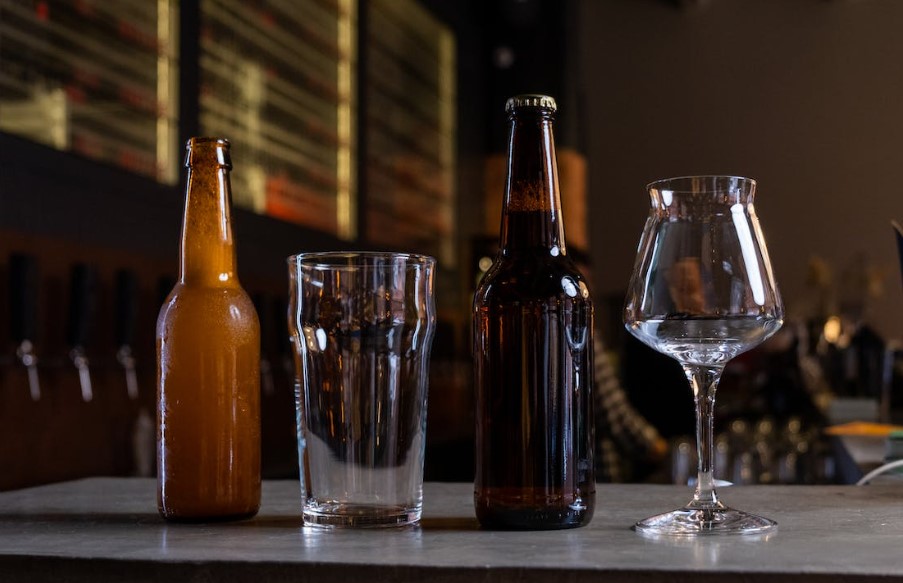These are turbulent times in the beer industry and, for the craft beer business, there are two very different narratives these days. On one hand, we now have almost 10,000 breweries in America vs. less than 50 in the late 1980s. Conversely, after nearly a decade of double-digit annual growth, U.S. craft beer has grown at a paltry rate of 1.2% over the last six years. The latter narrative is directly related to the former. Craft is stuck at about 12-13% of the overall U.S. beer market by volume.
North Carolina is, undeniably, a craft beer success story. We have 500 or more breweries licensed to operate in our state and the industry has become a key driver for tourism as well as economic development in cities, both large and small. But, as the Charlotte Ledger business publication has opined, have we reached a saturation point? What we really have is a mixed bag.
Of the top 50 largest craft brewers in the U.S., 21 of those recorded negative growth during 2022. In N.C., some of the state’s largest home-grown brewers suffered the same fate. Highland was down 15%, OMB -6%, Aviator -3% Fullsteam -4% and Green Man -17%. Meanwhile, New Belgium—with locations in Asheville and Ft. Collins, CO—was up 15%. Wicked Weed of Asheville produced 110,000 barrels of beer of Asheville, a 730% increase over the last six years.
What’s Driving This?
The Brewers Association is the voice of the American craft beer industry so here’s how the BA explains all this in the May/June issue of The New Brewer magazine:
“One of the main attributes that has long differentiated craft—variety—- is likely losing value in the marketplace……consumers now have more options when they seek a variety of flavors, alcohol levels and more.”
Without a doubt, the pandemic had a dramatic impact on craft brewers. While N.C. breweries remained open as “essential businesses”( i.e. manufacturing centers), consumers hunkered down and largely stayed away from tap rooms and on-premise drinking establishments. Many craft brewers moved away from making draft beer and put their products into cans, instead of bottles, in an effort to broaden their commercial reach. Even today, the on-premise is struggling to make a full comeback. Draft beer sales have not returned to 2019 levels. Home delivery remains on the uptick vs. going to the neighborhood taproom. Consumer habits have changed. Meanwhile, liquor companies have become more aggressive in marketing canned liquor cocktails to a younger generation that routinely favored beer in the not-so-distant past.
In closing, there’s this from the Brewers Association:
“The historical pathway of drinking in America has been that newer legal drinkers started with beer, added wine several years later, and emphasized liquor later in life. But the beverage industry has become increasingly convoluted the past few years……the overwhelming variety of choice is changing how consumers now enjoy beverage alcohol.”
